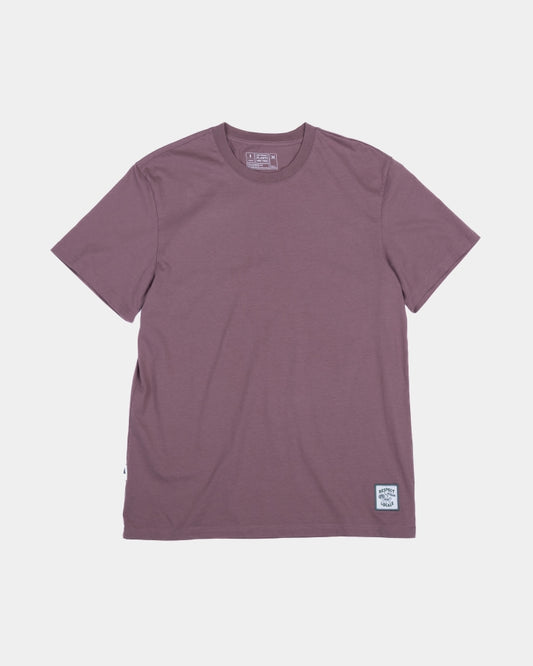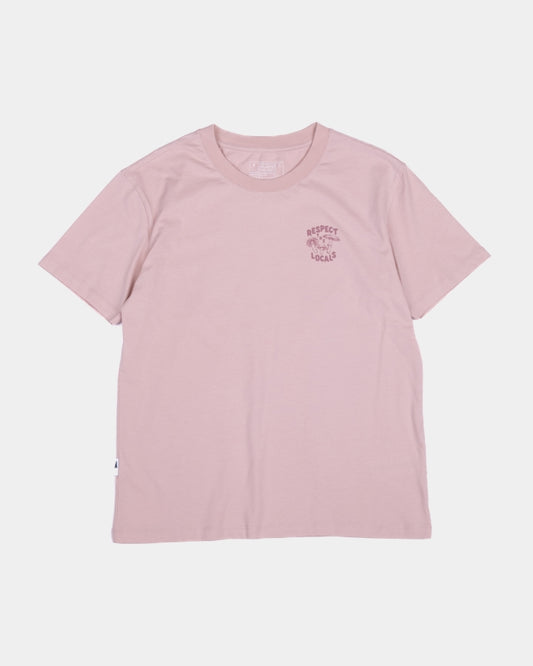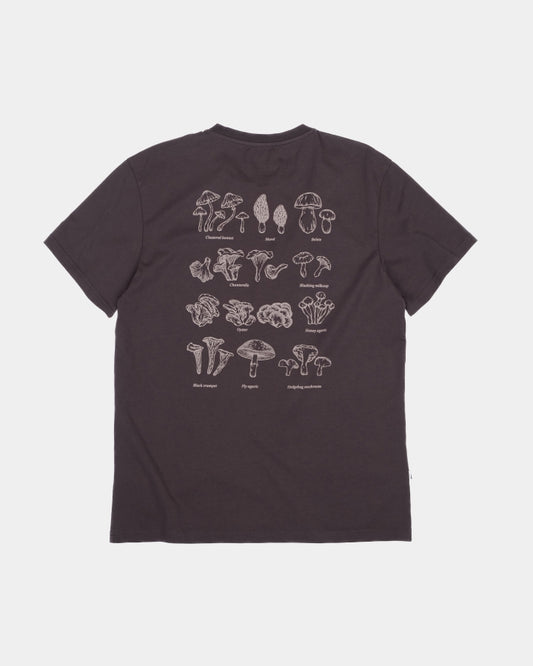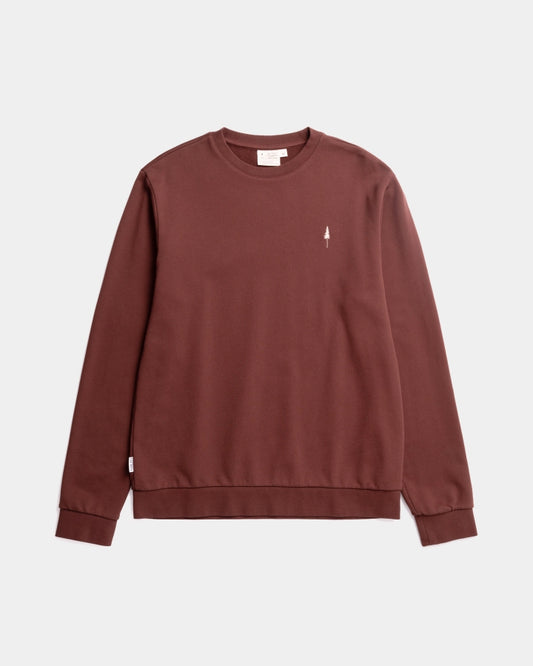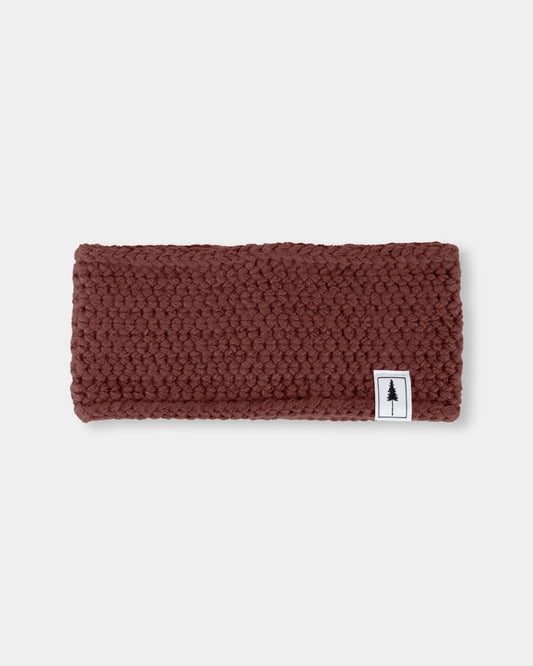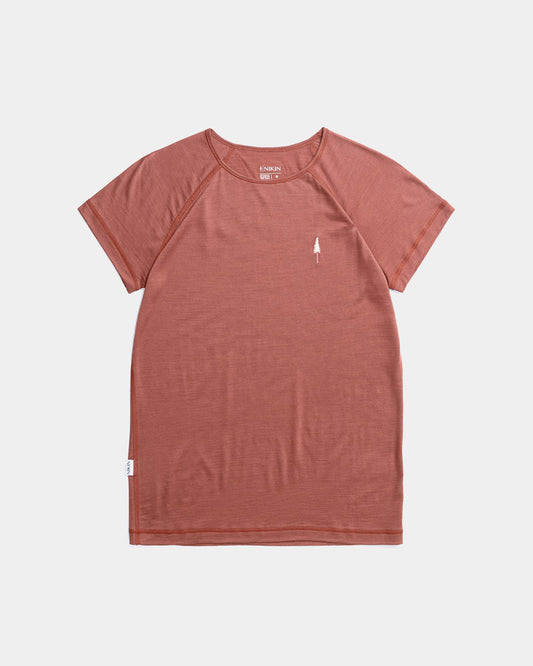Sustainability - that is, mindful treatment of nature, resources and people - is becoming increasingly important. This affects all industries and therefore also companies whose business revolves around clothing. Word has spread that consumers are taking an ever closer look when it comes to the origin of products. Companies that are sustainable are rewarded by deeper customer loyalty.
Everyone wants to profit from this, but not everyone wants to go to the expense and trouble of real, practical sustainability. When little real "seal of approval" and full-bodied promises are the only things a company can show on the credit side, this is known as "greenwashing. How genuine is sustainability in individual cases? Companies and their customers alike want benchmarks that help separate the wheat from the chaff. Indicators are such criteria, and they deliver real results.
Key figures for sustainability in the fashion industry
The most common claims made about the sustainability of fashion brands are based on the metrics presented below.
1) Carbon Footprint
The so-called carbon footprint measures the greenhouse gases released for products or activities. It takes into account not only pure manufacturing, but also the cultivation and production of ingredients or packaging and transport routes. The carbon footprint can be significantly reduced if companies use local resources, reduce consumption and make efforts to shorten their supply chains.
 Image: Industry in particular has a high C02 consumption.
Image: Industry in particular has a high C02 consumption.
2) Water consumption
The question of how much water is used for fiber cultivation, production and dyeing is one of the most important of all for the fashion industry. This is where many manufacturers and their suppliers commit real environmental sins. Consumption can be measured by two separate metrics, the H2O index or the Water Footprint, a counterpart to the Carbon Footprint.
 Image: Water is an important commodity.
Image: Water is an important commodity.
3) Social fairness
The production of clothing not only affects nature and the animal world, but also the people who live and work in the manufacturing countries. A large part of the production takes place in emerging countries - also because the conditions, specifications and controls there are far less strict than in Europe or North America. Organizations such as the Fair Wage Network and the Fair Labor Association measure how much workers really earn, what working conditions prevail and whether basic human rights are respected.
 Image: Good fashion is fair.
Image: Good fashion is fair.
4) Fibers and materials
The materials used contribute considerably to the effect of fashion - but may also harm the environment. Water consumption, toxic properties and possible recycling are just some of the criteria used to measure the actual sustainability of fashion components. The key figures can be looked up in the Higgs Index or at the Sustainable Apparel Coalition.
 Image: In all shapes and colors.
Image: In all shapes and colors.
5) Recycling
Can disposed clothing, shoes and accessories be recycled? Recycling, as well as the offer of take-back, are further characteristics of sustainably operating companies. Manufacturers who are committed to the Global Recycling Standard can have this certified, for example through the Cradle to Cradle certification process.
 Image: Reuse, Recycle - giving old clothes new life.
Image: Reuse, Recycle - giving old clothes new life.
Against fast fashion - with key figures
Companies that take their social and environmental obligations seriously act as role models. Fashion plays an important role when it comes to protecting our environment - and therefore has a particular duty when it comes to shaping a more sustainable future.
In order to prove successful sustainability, there are key figures - they make the leading players in the sustainable fashion segment visible and thus provide incentives - for customers and other companies.







